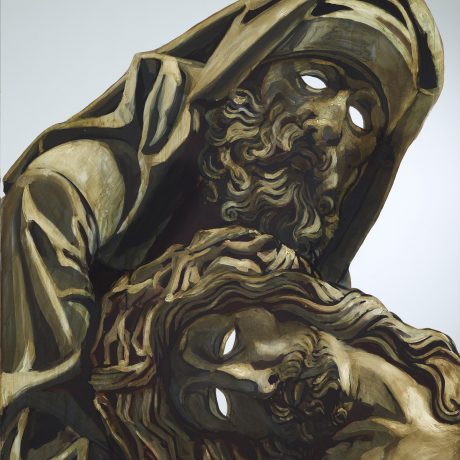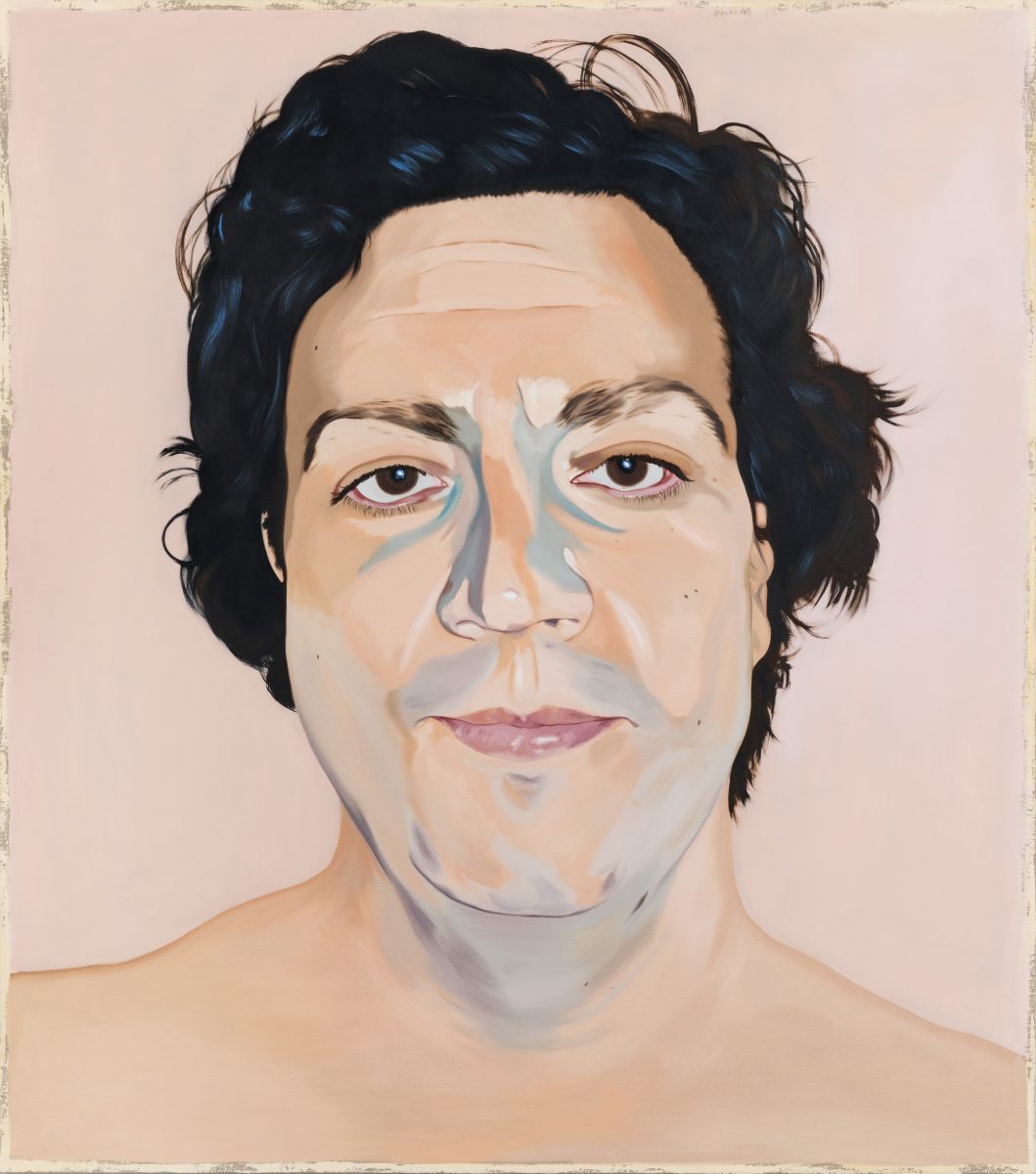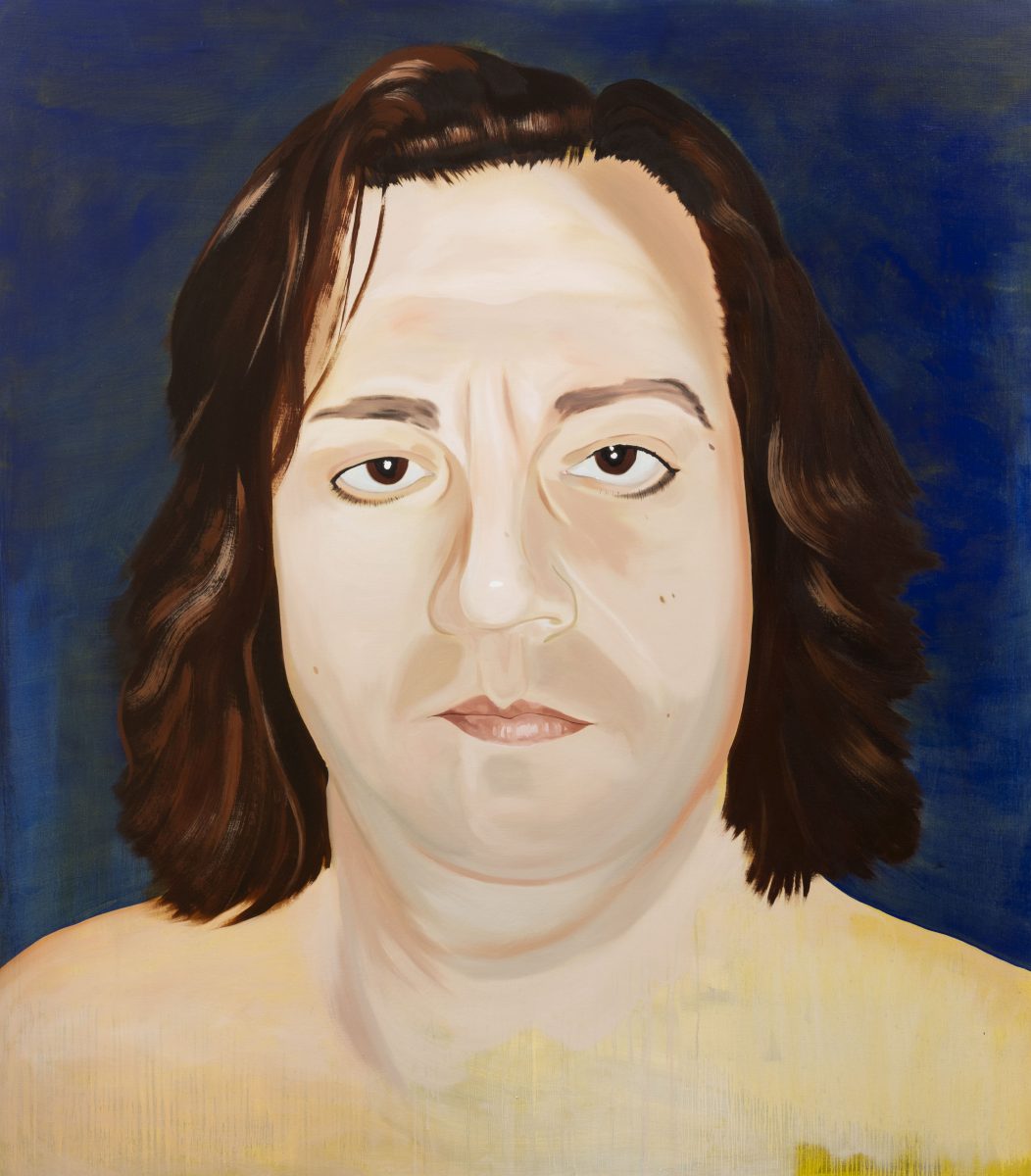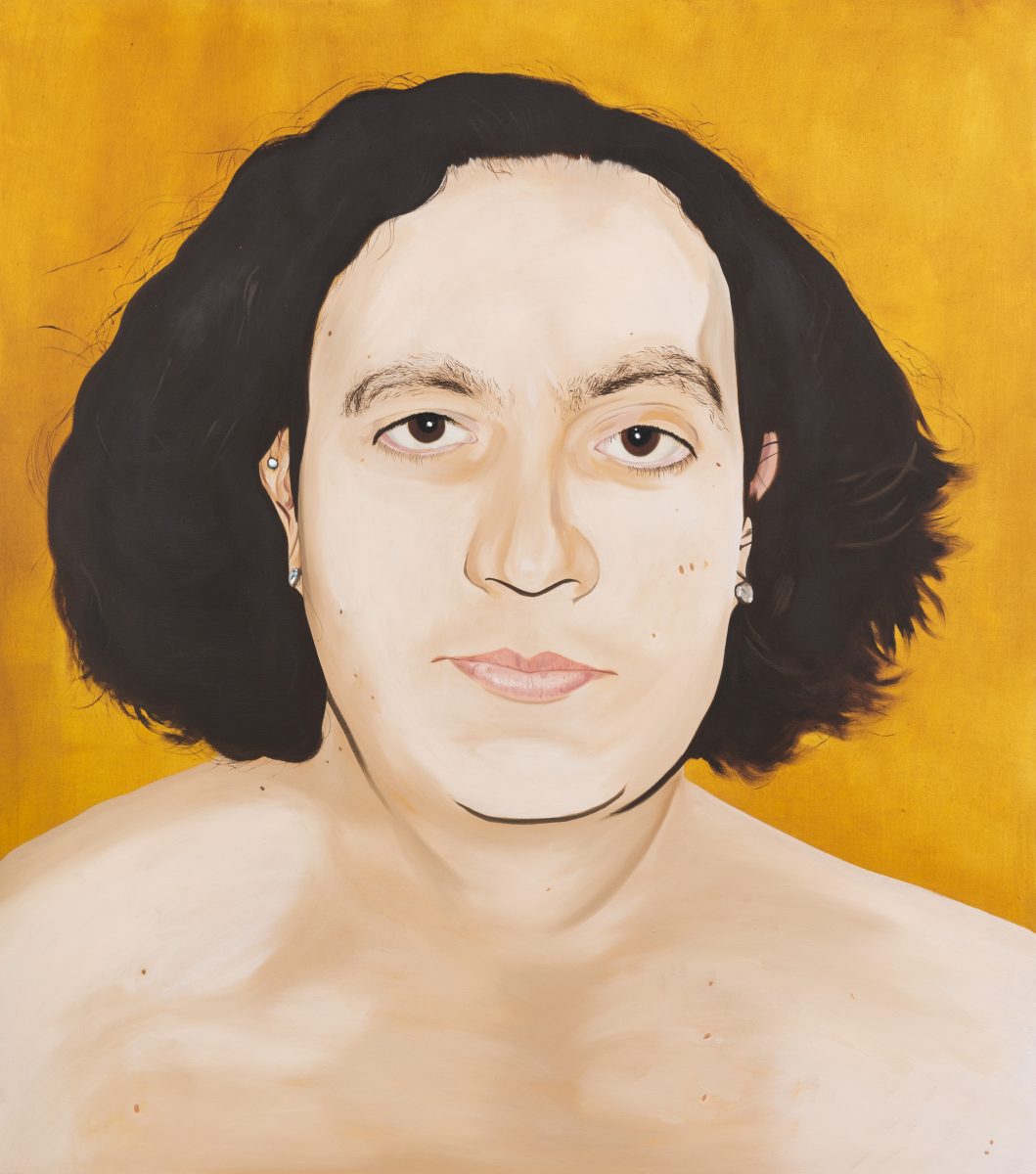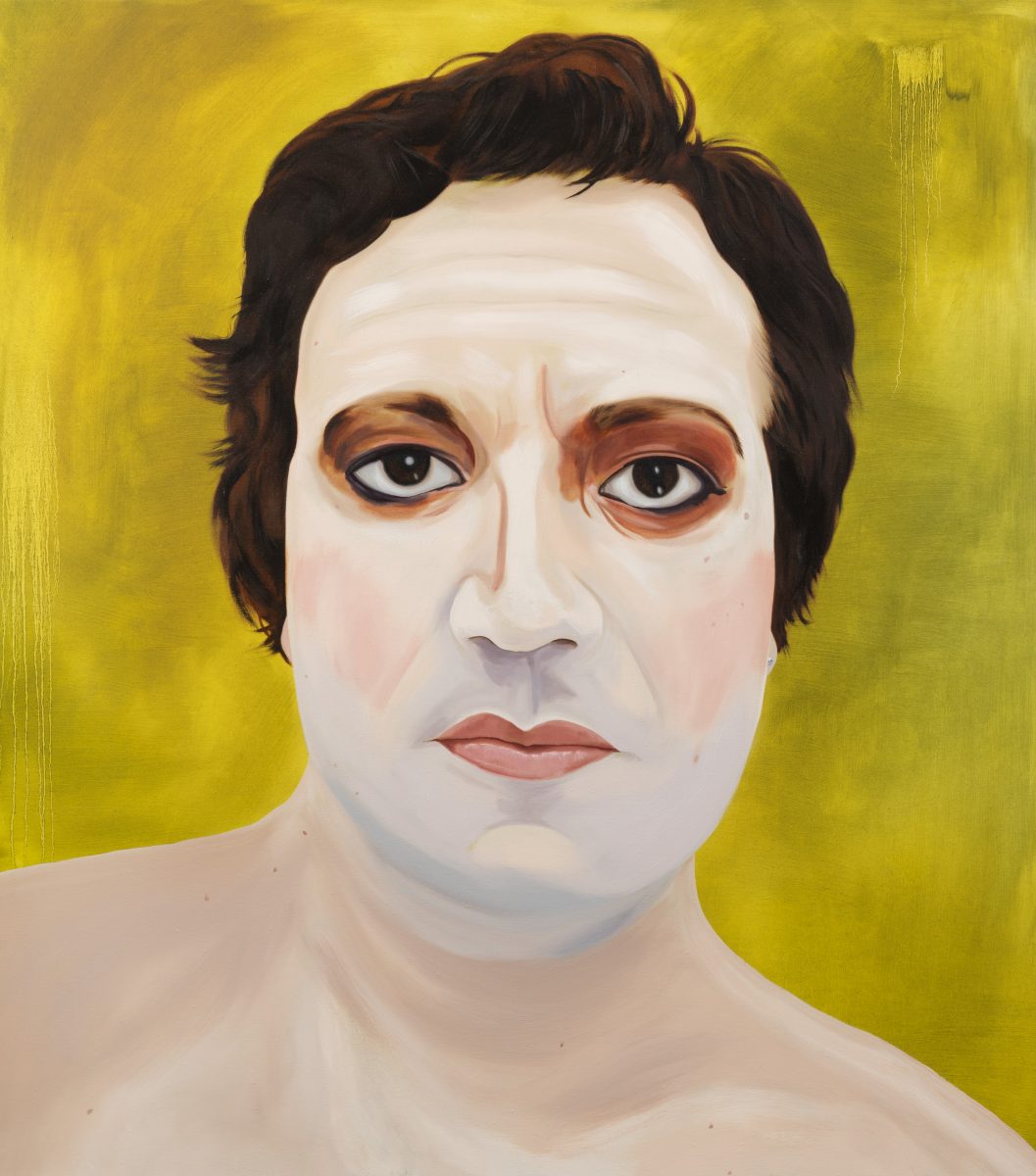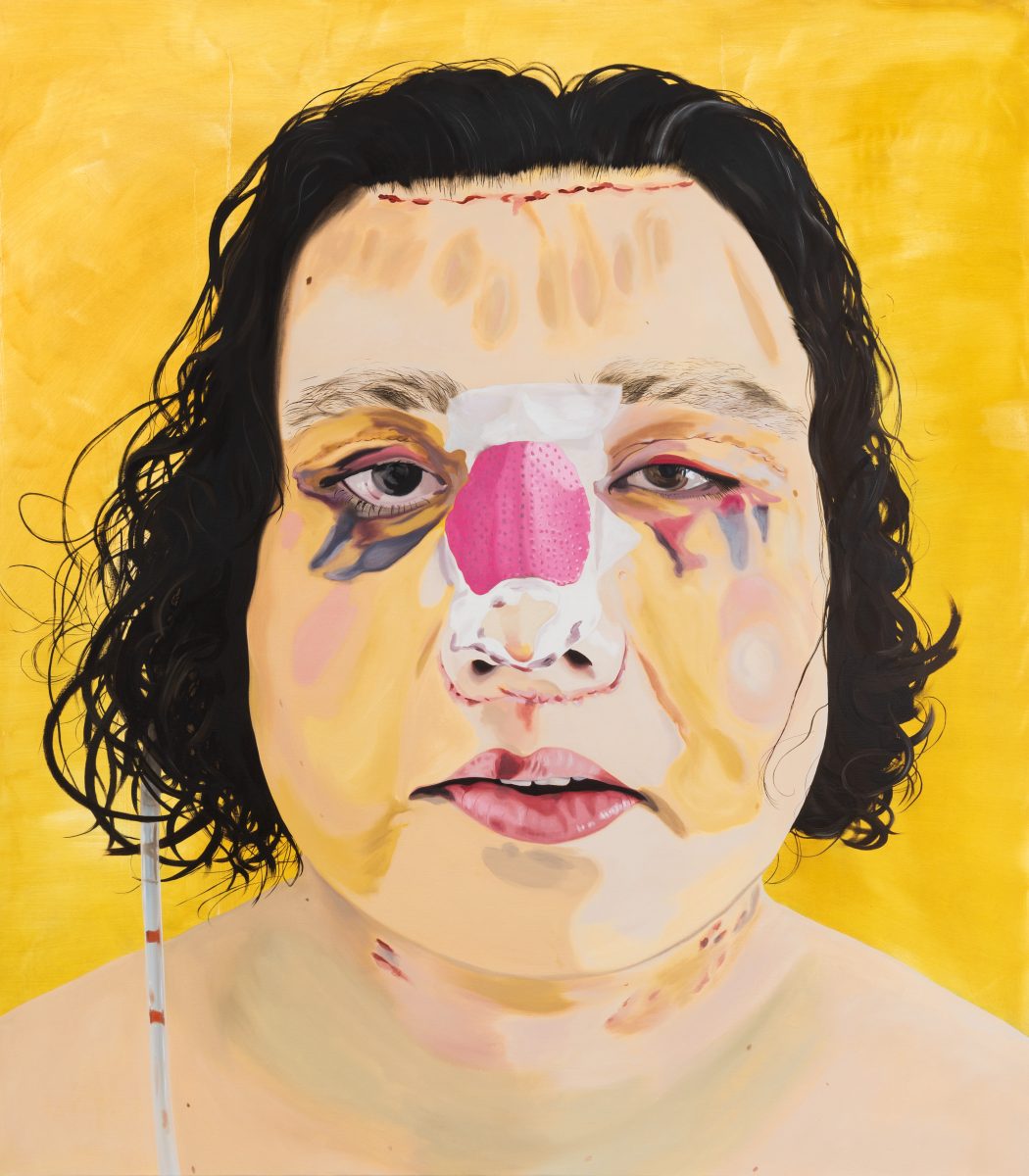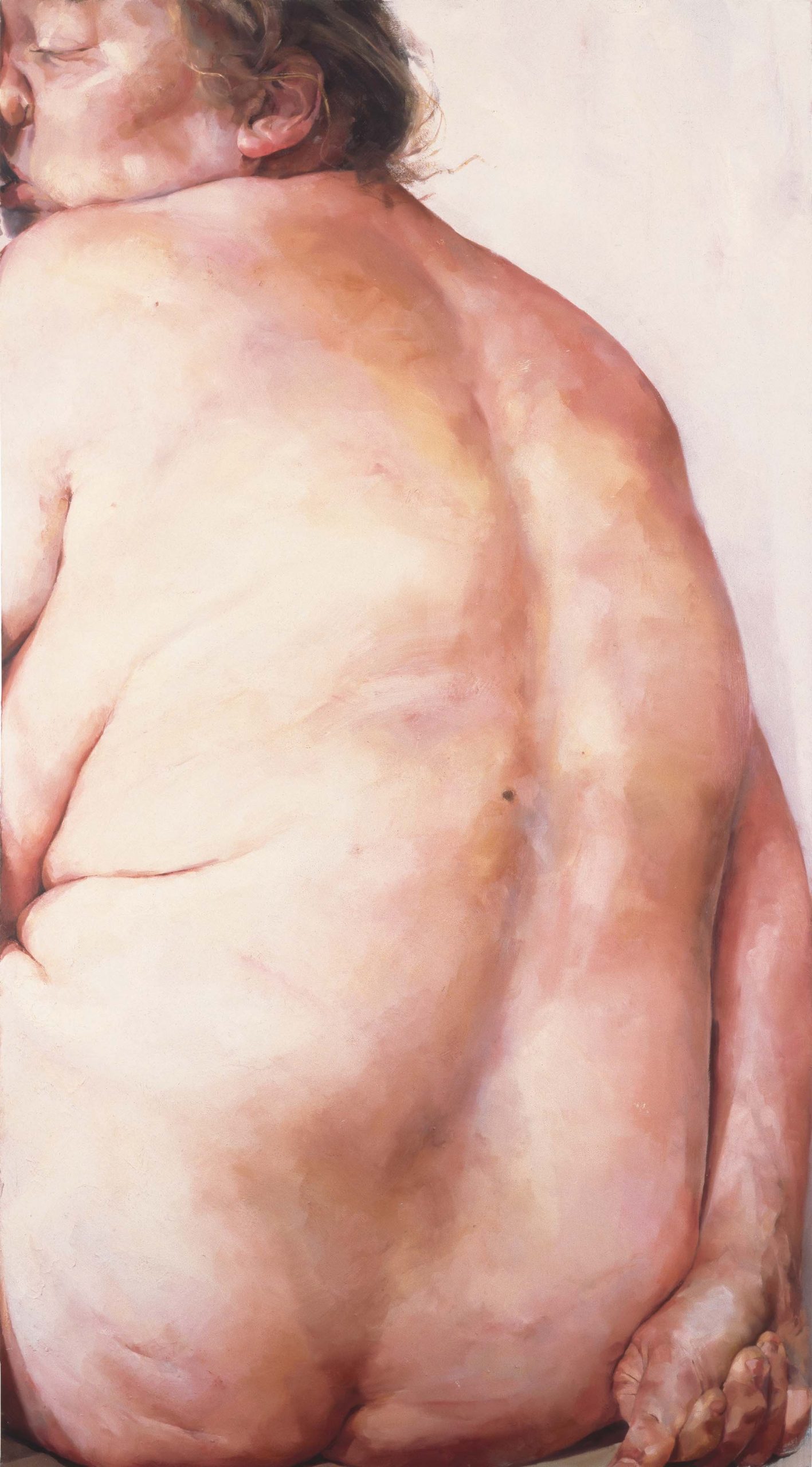
Under the Influence invites artists to discuss a work that has had a profound impact on their practice. In this edition, painter Victoria Cantons traces Jenny Saville’s impact back to the early 1990s, when the original YBA ushered in a newly radical way of painting and looking at women.
I’ve known Jenny Saville’s work since her degree show back in the early 1990s. She has always painted herself. It’s as if there is an agreement between her and the viewer, and they are determined to peel back the layers, like onion skins.
Her works smack you around the head with a sledgehammer. She pulls no punches with them. In her early pieces it can be brutal. Juncture is a particular favourite of mine. I love the claustrophobia of it. It’s this great slab of flesh, like a pink steak.
The back is an amazing part of the body to paint. Think about Jean-Auguste Ingres’ La Grande Odalisque. Painting these giant areas of flesh becomes a very abstract thing, which is wonderful. Lucian Freud’s nudes, for example. The joy of all this flesh. At that time, I was struggling so much with who I was, my own gender identity, and coming to terms with many aspects of my own baggage. To see someone do that in painting was shocking. As a painter, it was inspiring.
Before painting myself so graphically, I was painting myself with masks. But I was also photographing myself. It’s taken me a long time to arrive at a place where I have the ability to handle painting. Five years ago I couldn’t have made paintings like those in my new series People Trust People Who Look Like Them.
“Her works smack you around the head with a sledgehammer. She pulls no punches with them”
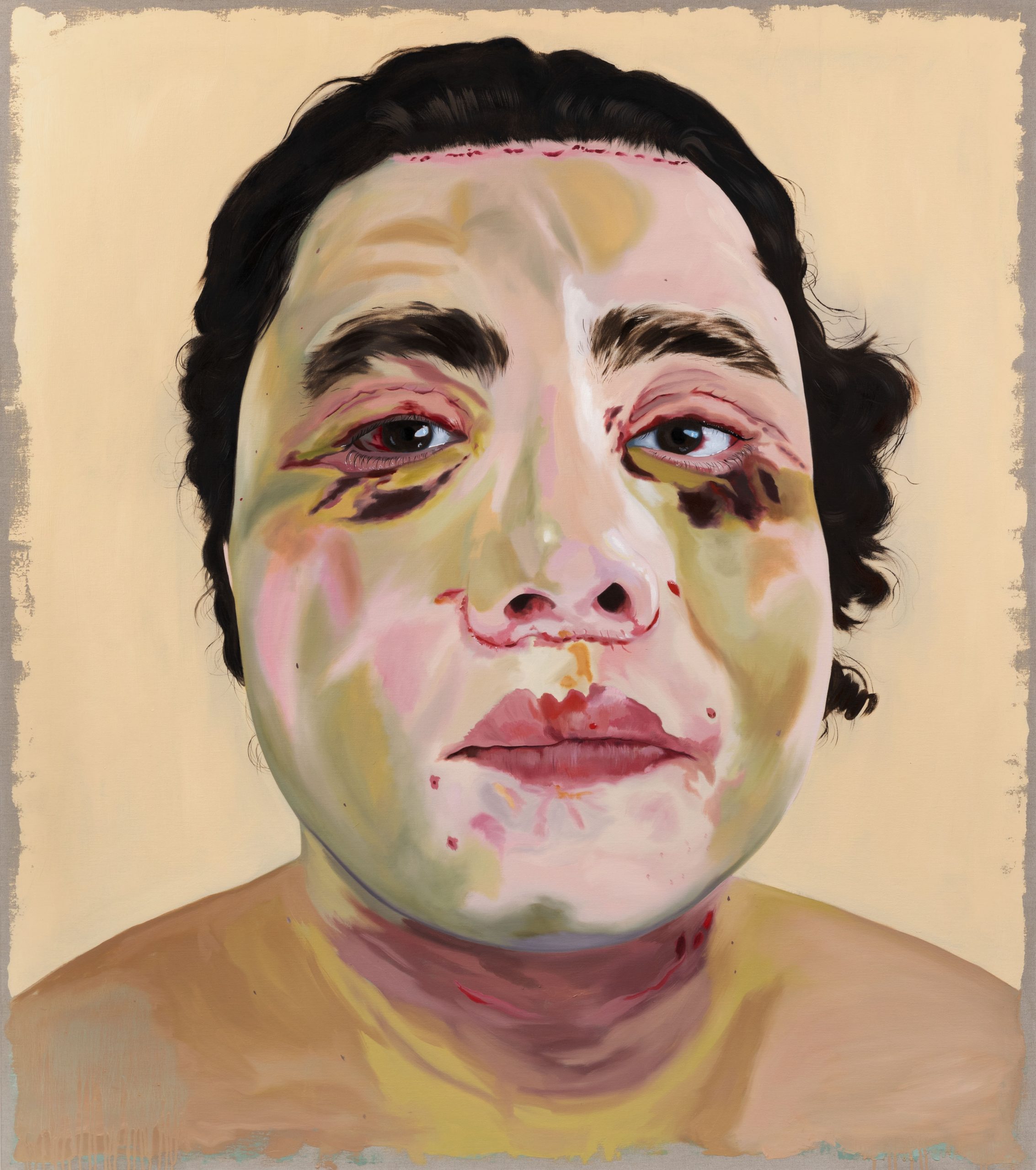
Saville makes very psychological paintings. One of the things I remember thinking about when I first encountered her pieces face-to-face was how constricted and hemmed-in the work is in the frame. She’s a master of her craft, and I don’t mean ‘craft’ in a derogatory way. Part of painting is that there’s an element of craft skill. I love what she does with the paint and brush.
For me, painting is like going out into the garden with a little trowel and scraping away the soil in the flowerbed. I’ve been out there already with a metal detector, so I know there is something down there, but I don’t know what it is. So I start scraping away with the trowel. For me, making an artwork is like that too.
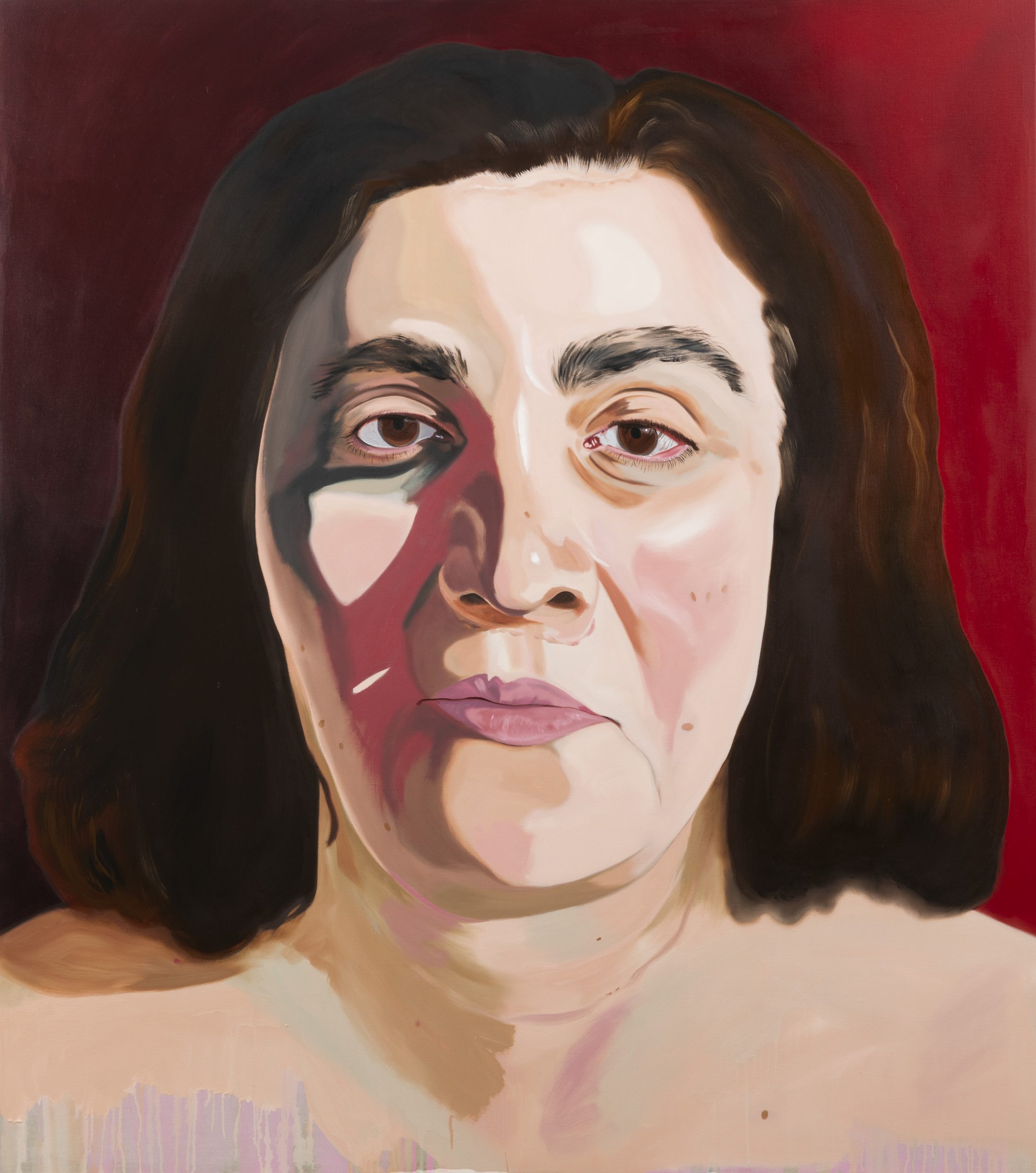
For T̶r̶a̶n̶s̶g̶e̶n̶d̶e̶r̶ woman No.11, I thought, “I’d like to show myself as I am today.” Not beautified, or as if through some sort of filter. But rather, something representational of the fact that I am an overweight, fifty-year-old woman! I’m 52 actually…
Painting is about striving to find your own reflection in a dirty mirror. I want to show the real me: unadorned, unfiltered. Then when you start working, the painting says, “I am an entity individual from you. And I have my own voice.” All work is sex, death and politics, to paraphrase Belgian painter Michaël Borremans. He added that if art is not at least one of those things, then it’s not art. I ultimately agree with that.
“Painting is like going out into the garden with a little trowel and scraping away the soil in the flowerbed”
Saville makes you think about the body in a way that it becomes political ground, and specifically the female body. I took that as a challenge. I thought, “Can I make an artwork that may, if I’m lucky, be able to operate in the same way?”
- Left: T̶r̶a̶n̶s̶g̶e̶n̶d̶e̶r̶ Woman No.4, 2021 © Victoria Cantons. Courtesy Flowers Gallery; right: T̶r̶a̶n̶s̶g̶e̶n̶d̶e̶r̶ Woman No.5, 2021 © Victoria Cantons. Courtesy Flowers Gallery
I carry a lot of artists around with me. They’re mentors, touchstones. They are the lucky stones in my pocket to remind me of what painting can be or do, and of what I may be capable of. Saville is amongst that group.
There’s the chutzpah of what she’s doing, beyond the way that she’s handling the paint, the surface, and creating her images. That uncompromising attitude. Her actions and route through art have shown me that I can do the same thing. Because of her, I know that I am not alone in this journey.
As told to Ravi Ghosh, Elephant’s editorial assistant
Victoria Cantons, People Trust People Who Look Like Them is at Flowers Gallery (London, Kingsland Road) until 2 July
Under the Influence
Discover the connections between today’s creatives and the artists who helped shape their work
READ MORE